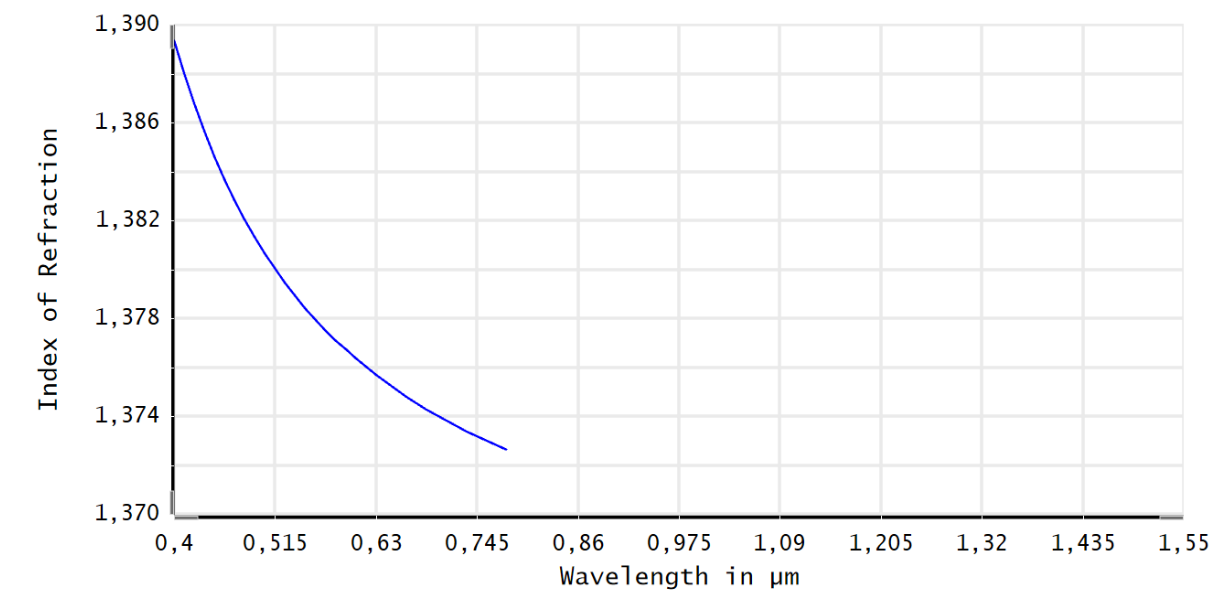Hello,
I'm using one of your examples from here:
https://my.zemax.com/en-US/Knowledge-Base/kb-article/?ka=KA-01355
I want to use 1550 nm as a wavelengh however, the dispersion diagram for the materials don't have data for that wavelength - graph below.
Is there anyway to overcome this?
Thank you,
Narciso




